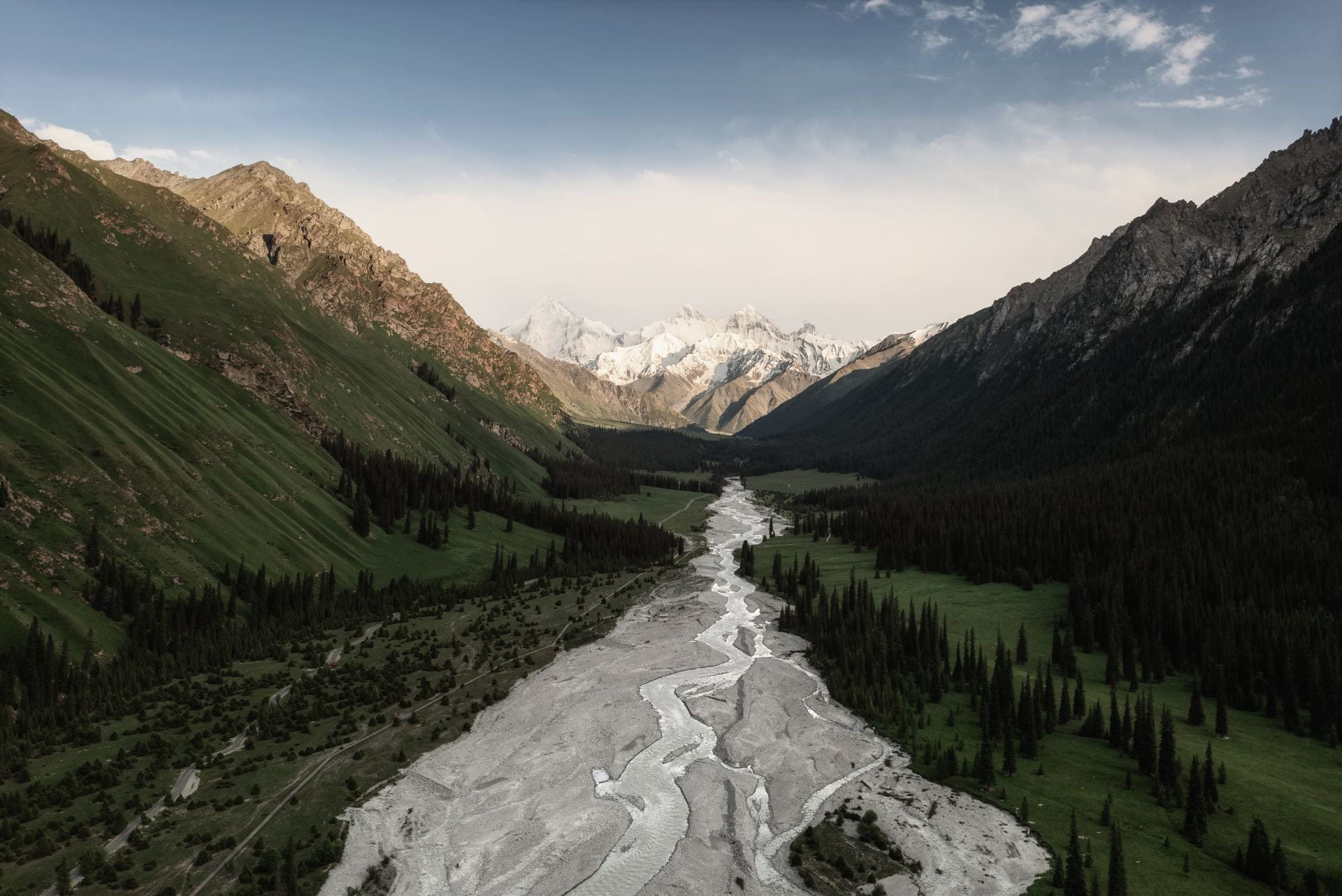‘Riverine Sediment Load Responses to Climate Change in High Mountain Asia’, a Ministry of Education Academic Research Fund Tier 2 project led by Professor Lu Xi Xi (NUS Geography), will examine how climate change affects the sediment load in twenty headwater rivers in High Mountain Asia (HMA) by altering the way that glaciers, snow, and permafrost melt and vegetation changes. The rivers are located in three different climate zones — Indian monsoon, East-Asia monsoon, and Westerly (wind) and cater to at least two billion people in downstream river basins. The climate emergency has caused glaciers, snow, and permafrost in HMA to melt dramatically, with ice lost from 2000 to 2016 doubling the amount lost from 1975 to 2000. This has led to a huge increase in riverine water and sediment load, which might harm the biogeochemical cycles, ecosystems, landscapes, and reservoirs in the river basins.
The research team will gather runoff and sediment load data from past decades from the gauging stations serving the headwater rivers and measure the sediment at the stations that lack sediment monitoring. In addition, they will conduct a case study exploring sediment sources and delivery across a glacier and permafrost covered river basin. The researchers will look at how temperature, rainfall, glaciers, and snow has affected the sediment load and estimate the condition of the sediment load in these headwaters in the future decades of the 21st century, based on climate change projection scenarios. The project, which runs from 2021 to 2024, will inform policymakers, environmental scientists, and others who are concerned with water resources in China, India, Southeast Asia, and beyond.



You must be logged in to post a comment.